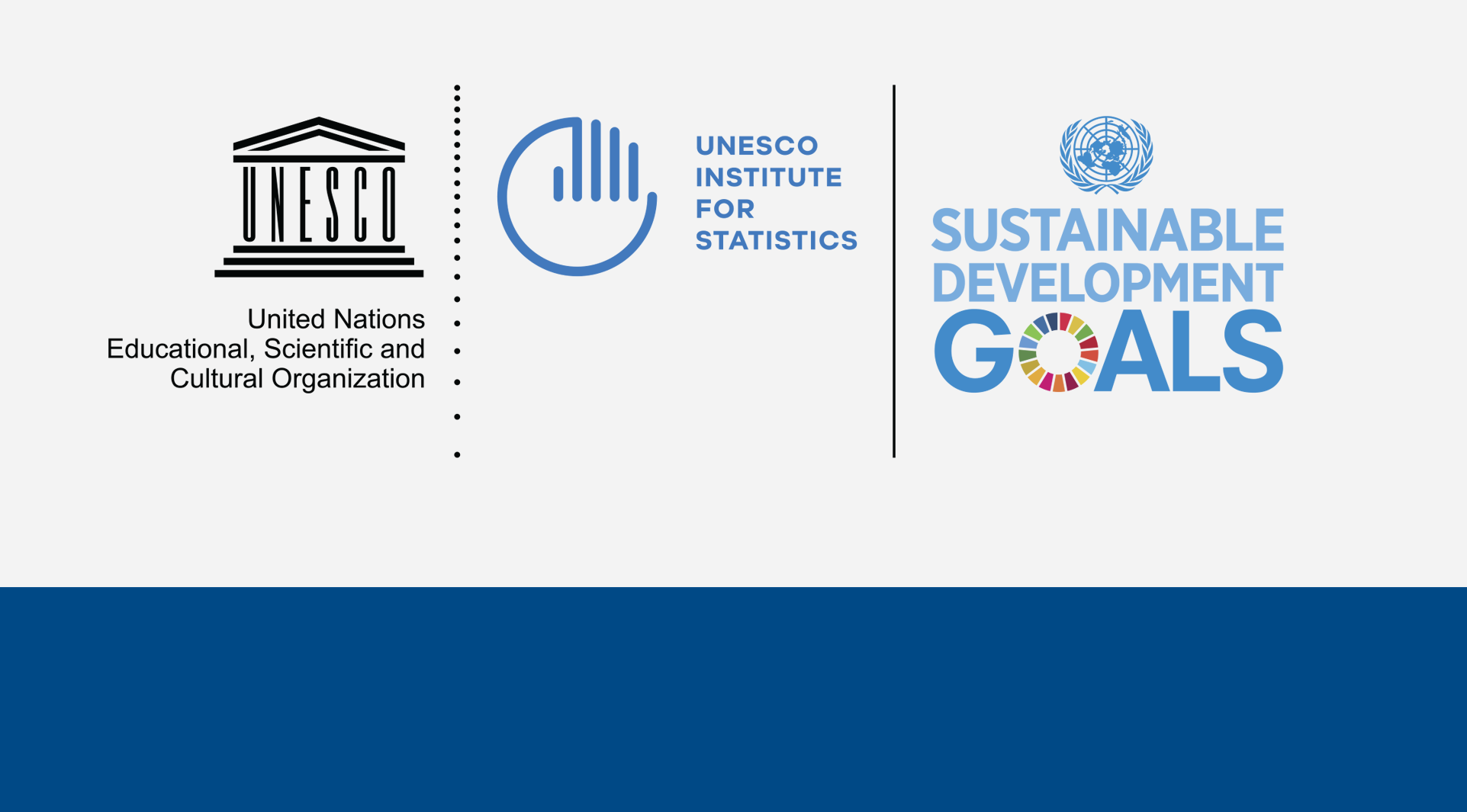UNESCO Institute of Statistics new Global Education Data Portal online consultation
The UNESCO Institute of Statistics (UIS) with an initial grant from the Bill & Melinda Gates Foundation, is preparing to build a Global Education Data Portal (GEDP) that brings together different types of data and highlights key policy information as a unique resource centred on the specific needs of its users.
The GEDP will be a one-stop shop for the best possible data on education and UIS launching a consultation to find out exactly should be included in the Portal from its users, whether a casual user – such as a member of the public looking for a particular statistic, or a seasoned researcher looking for more complex survey instruments.
Do not hesitate to share the survey with your own networks and stakeholders. The consultation is opened until 5 October.
More about the portal:
The new Portal will be a space where the international community can learn, communicate and unite, with data serving as the gateway to action. It responds to the real and urgent need for robust, cutting-edge data on education based on different sources of information and available in different formats to meet the needs of the global education community.
The overarching ambition is to create one data hub to support collective efforts at the global, regional and national levels to achieve Sustainable Development Goal 4 (SDG 4) on education. Within that ambition, the Portal will:
- break down the silos that currently limit the use of education data by offering a range of data sources, services and tools to help users contextualize and interpret the information;
- provide a ‘one‐stop shop’ to track and monitor progress towards SDG 4; develop a culture of knowledge sharing and a feedback look to improve data quality by identifying key gaps in statistical information; and
- provide tools that are tailored to meet the needs of different types of data users – from governments, development agencies and civil society groups to researchers, media and engaged citizens.
All of these data users require authoritative, credible and cross‐nationally comparable education data. But they may simply not have the skills, time or the resources to crunch the data themselves. Gathering global education data, and backing it up with vital policy information can be time-consuming and expensive. The Portal will save both time and money by helping global stakeholders leverage reliable and current data – at speed – to meet their own needs.
A central hub for a wide range of data sources
The Portal will feature a wide range of different types of data from different sources. It will include but not be limited to administrative data from the UIS global database – the world’s most comprehensive source of internationally-comparable education statistics for more than 200 countries and territories.
By offering a wide range of data sources, the Portal will provide a more complete picture of what is happening in education worldwide. In addition to data from learning assessments, household surveys and censuses, for example, it will also highlight data that position education within a broader context, such as data on foreign aid to education, and on education in conflicts and other emergencies. Recognizing the ever-changing world of data, the Portal could also draw on new and innovative sources of data, such as mapping apps, crowdsourced information and Big Data that shape the lives of students, teachers and communities around the world.
This is critical, because the success of the Portal depends on genuine participation. We know that statistics alone are not enough to fuel effective policies and action. The biggest challenge in building a data portal is to ensure that it ends up being used.
Help is needed
To succeed, the Portal should include statistics that users actually need, packaged in a way that works for them. The consultation includes an extensive survey on the range of issues that are likely to be of greatest use to the greatest number of users. UIS needs to understand why users gather data: for what purpose and what audience? How users prefer to share data, and how do they want it packaged and displayed. For example, what kind of features do users find most useful in data dissemination products? What kind of visualizations or dashboards work for users and target audience? And how do users select data sources at present?

